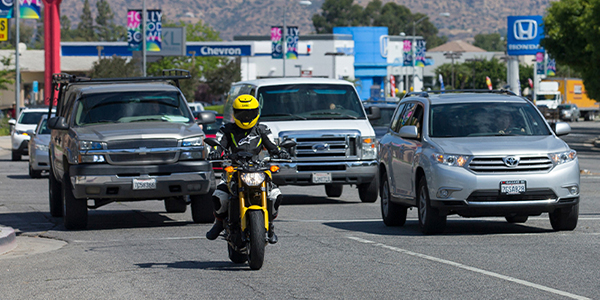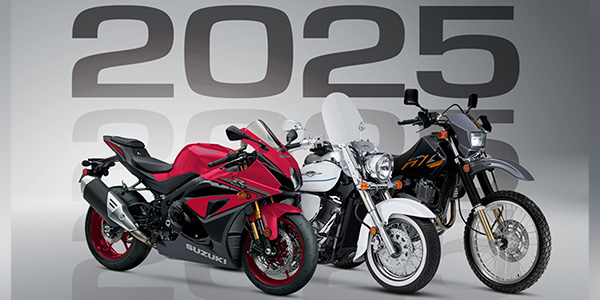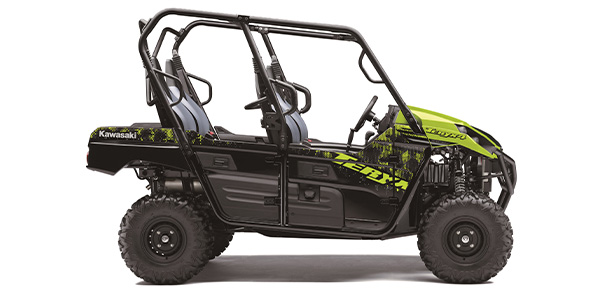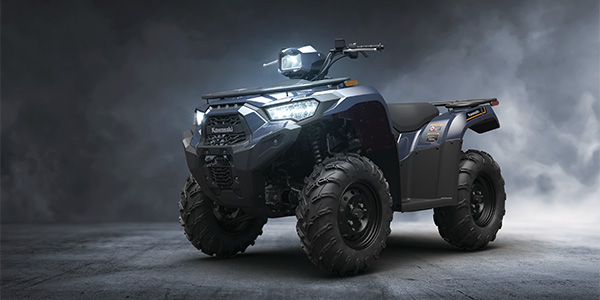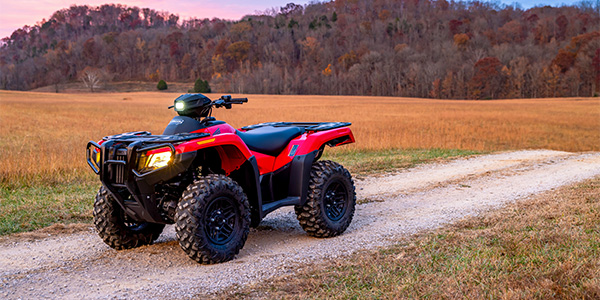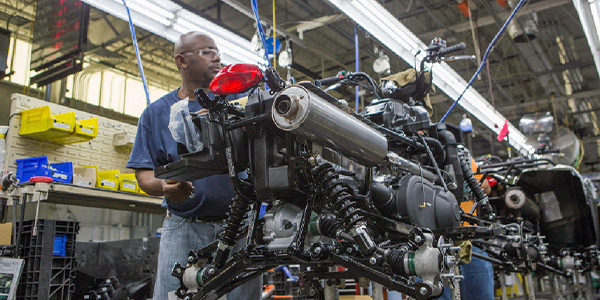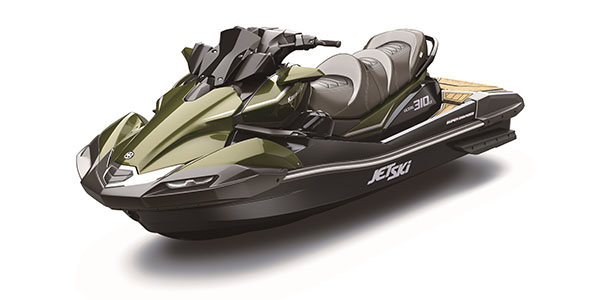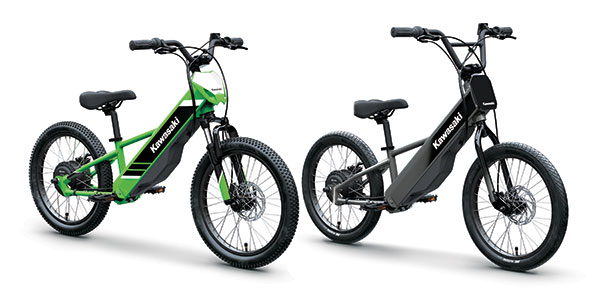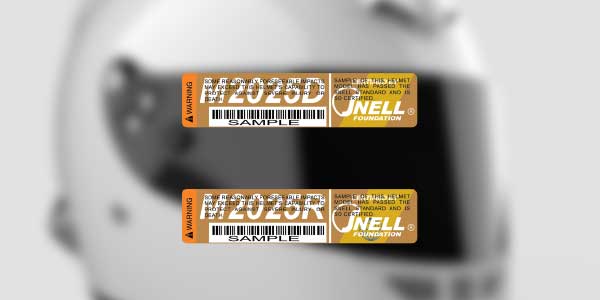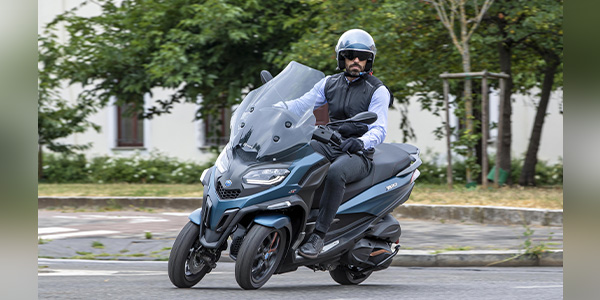Executive Summary
Motorcycle and scooter riders are among the most vulnerable road users. Piaggio Fast Forward (PFF), a trailblazer in robotics and mobility solutions, is transforming the way humans and robots interact. PFF has an extensive knowledge of pedestrian mobility, safety and technology, and it uses this knowledge to create innovative mobile tech solutions. With smart solutions and safety being at the forefront in all their technology, PFF tested its new radar functionality in closed circuit and open road testing, and it is now available for all two-wheel drive vehicles.
The Piaggio Fast Forward Rider Assistance Solution (RAS) with Following Cruise Control (FCC), Forward Collision Warning (FCW), Lane Change Assist (LCA) and Blind Spot Information System (BLIS) is on the front line of the battle to prevent collisions and protect motorcycle and scooter riders by matching their exact safety needs while on the road.
Background
PFF created and introduced an automotive standard of safety for the motorcycle, scooter and light mobility powersports industries enhancing rider safety. This is the industry’s first ever 4-D imaging Radar-on-Chip (RoC) sensor imaging radar-based motorcycle safety platform.
The PFF Rider Assistance Solution (RAS) is on the front line of the battle to prevent collisions and protect motorcycle and scooter riders. PFF technology meets the rigorous technological requirements of traditional driver assist functions, addressing additional motorcycle-specific challenges, such as size constraints and seamless vehicle maneuverability at high-tilt angles. The Rider Assistance Sensing technology is designed to complement the rider, providing the highest possible resolution and the most granular detail, to ensure reliable system operation in all weather and lighting conditions. The PFF Rider Assistance Solution can address all the main safety requirements for a motorbike or a scooter that helps the rider cruise safely.
FCW, which tracks the trajectory and velocity of dynamic vehicles to predict possible collisions within the rider’s path of travel, is in development as of February 2024 and was first deployed to bikes in March 2024.
The FCC, anticipated in fall 2024, provides advanced rider comfort, automatically adapting the vehicle speed to surrounding traffic by seamlessly regulating engine torque in case slower vehicles are detected in front of the bike, enhancing the capabilities of standard cruise control function thanks to radar system integration. Following distance can be adjusted in real time while riding from a dedicated dashboard menu, and throttle control is tuned for smooth and precise deceleration, requesting rider intervention by visual and acoustic indications only when the needed speed reduction overcomes the system capabilities.
As for rear sensing modules, the BLIS helps the rider to change lanes safely. This feature utilizes one radar sensor mounted in the rear of the motorcycle to monitor the motorcycle’s blind spot, alerting the rider of vehicles in the blind spot zones.
With LCA,the radar sensor fulfills the function of blind spot detection for objects in areas of limited visibility, ensuring the rider receives an alert before the approaching target reaches the motorcycle and preventing hazardous lane changes. Blind spots can be a deadly factor when traveling on highways for motorcycle drivers.
With RCW, the radar sensor monitors rearward traffic, issuing a warning activating the rear hazard lights when a vehicle with a high relative speed approaches the motorcycle, capturing the attention of the approaching driver or rider. This is a gamechanger in motorcycles which can assist in preventing rear collisions.
Solution/Conclusion
Currently, there is no safety feature which is customizable and easy to integrate and enhance any motorcycle and scooter. As of May 2024, there are more than 20,000 active PFF Advanced Rider Assistance Solutions addressing this vulnerability and ensuring rider safety every day.

